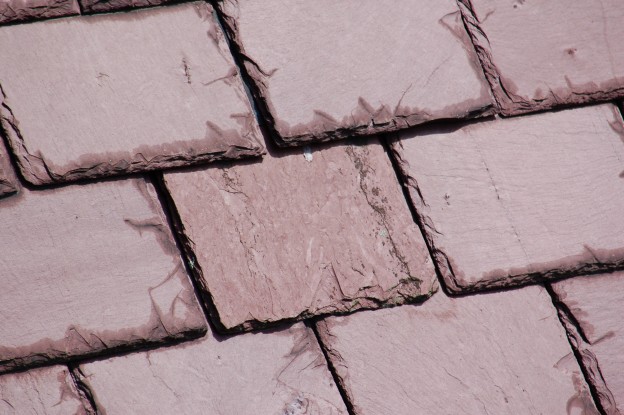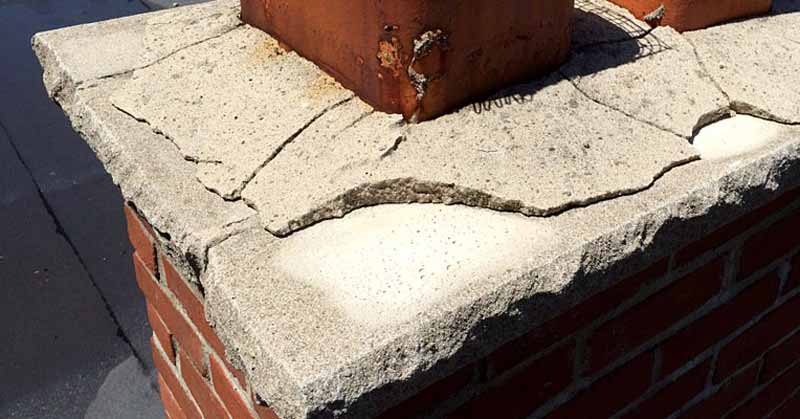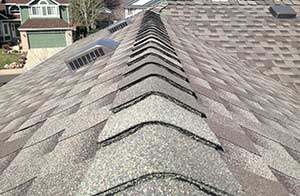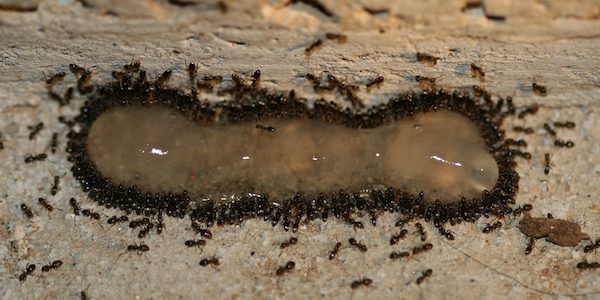Why Should You Hire A Professional Residential Painter?
So, you’ve taken a look around the old homestead and decided that now is the time for a makeover. Whether that makeover involves a single bedroom, the entire downstairs, or a complete redo of the exterior, it is certainly worth considering hiring a Melbourne painting service, and many are available in the area!.
While you may be under the impression that such a project simply involves a couple of brushes, a paint roller, and a chosen color, a professional Melbourne painting service knows that this is far from the case. Have you considered the cleaning and preparation of the surfaces involved to ensure a beautiful finished product? Do you know how to repair small holes, cracks, and other damage? And are you even aware of all the possibilities out there when it comes to redecorating your house? As you can certainly see, there are a number of things to take into account.

A Professional Residential Painter Will Know the Kind of Paints to Use
Even though your home and the color of paints will depend on your preferences, a professional painter can look over your decisions and be able to know whether the colors you have chosen are truly suitable for your interior design.
Exterior professional painters will be quick to identify the colors that will become dirty easily and the ones that will fade away quickly. Exterior painters at Absolute Painting in Lawrence and Lenexa KS have extensive knowledge and experience of handling projects. As such, you can rely on their services if you have a project that you would like completed. You, therefore, will profit greatly by signing up for their assistance.
A Professional Painter Knows How to deal with all Types of Surfaces Properly
Professional painters have acquired an extensive experience after painting different surfaces over a long time, something that has allowed them to master every design. As a result, they can advise you authoritatively on which painting is appropriate for a certain surface and which one is not. With the knowledge and experience of painting each surface with expertise, you can be sure to enjoy the best quality painting results.
Mostly, a do-it-yourselfer might opt to leave other surfaces unpainted due to lack of expertise on how to go about painting them. This is because they don’t know how to finish such surfaces or feel there is no need to really have them painted. This will definitely place you in a risky situation because you will need to hire someone else to have the surfaces left painted.

Residential Painters are Proficient and Capable of Painting in Details
With all the training that professional painters undergo and the experience they acquire when working on different painting projects, such painters are able to produce painting projects that are perfect. This is because professional painters pay more attention to details that you are not likely to care about. They always ensure that their painting is according to the client’s demands and make sure to pay attention to every detail whether small or big.
In fact, paying attention to such details is among the issues that draw the line between an amateur and a professional painter. The small details that a professional painter pays attention to are what a DIY’er will mainly compromise.

A Professional Residential Painter will Approximate the Expenses Correctly and Abide by Their Price
A do it yourself painting project often ends up eating more into the budget than anticipated. If you manage not to overspend, you are likely under-budget on the paints required to complete the project, which means that you will need to incur extra costs, thus straining your wallet.
A professional painter is well versed with the painting economics and is sure to estimate the total cost of the needed paints to have the project done accurately. This gives you a clear budget that has no hidden expenses. Moreover, a professional painter will not waste the paints because he comes with the right tools to have the painting not only done professionally but also in a timely manner.
Professional Painters Always Do the Cleaning After Painting is Completed
After the painting project is complete, a lot of cleaning is required in order to have the home back to how it was arranged before painting kicked off. If you hire our professional painters, they will rearrange your home back to normal and then clean everything before leaving the site. This will leave your home looking great in the new painting. This ensures that you will not have to deal with the stress of cleaning up the house yourself. When you contract a professional residential painter, you get to sit back and relax as you wait to enjoy your spectacularly painted home.
Top Painter Questions
Be sure to ask these questions before you make your hiring decision.
Do you have proof of insurance?
Every painter should carry General Liability insurance with not less than $1 million in coverage. This insurance protects the homeowner from damage done by the painter, e.g. 5 gallons of white latex is spilled on your new roof or a ladder crashes onto your convertible. Repair work? That falls under carpentry and requires a separate rider. Proper insurance is Business 101. Of course, if these accidents really didn’t happen nobody would need insurance.
Are your painters employees or independent contractors?
Employees will be covered by their employers’ general liability insurance, independent contractors should each be individually insured. It’s fairly common for painters to hire independent contractors; it is much less common for each individual contractor to be properly insured. A company’s general liability policy does not cover independent contractors. Murphy’s Law dictates that the only independent contractor that you haven’t verified insurance on will be the one that…
May I have a copy of your insurance certificate for my files?
“Trust, but verify” is still good policy. You don’t want uninsured workers standing on ladders looking through your windows – or unplugging your office server. If the certificate doesn’t answer the above questions a call to the insurance agent should clear things up.
New homes or old?
Painters that don’t equip their workers with proper breathing protection are doing wrong by the worker, the homeowner and the environment.The construction slowdown has seen new home painters scrambling for work in older areas.
Homes more than 30 years old have many layers of (lead) paint, aluminum storm windows to remove and replace, window putty, deeper soffits and very often more architectural detail. These homes require a slower, more methodical pace and different work processes. A paint crew that is used to the new construction “blow & go” pace will likely not be familiar with the attention and careful prep work that an older home requires.
Which brand of paint do you recommend?
Painters establish a relationship with a particular store for a variety of reasons – knowledgeable help, quality products or attractive pricing. If a painter is reluctant to use another product, it’s fair to ask why. Strong belief in a product based on experience is fine, but when a financial incentive trumps all else, the advice you get may not be in your best interest.
All of this assumes quality materials – if you’re being steered toward a low cost product, find another painter. When it comes to paint, you never get more than you pay for. Also, most professionals do not use paint from the Big Box chain stores for several reasons: product quality is one, but also lower quality, limited selection, poor service and availability.
Do you require any payment up front?
There’s no right answer here – just some things to be aware of. If your painter is a poor business owner, he may use your up-front payment to take care of last month’s bills and will then be in a big hurry to finish the job so he can pay his workers. You’ve just lost a good bit of leverage to ensure the agreed-upon quality work. A large up-front payment is often an indicator of an under-capitalized business. A reasonable approach is to make a partial payment after a couple of days. The painter has committed labor and equipment to the project and the homeowner sees that work is progressing so both parties have an interest in satisfactory completion.













